Thinking about welcoming an Akita into your life? These striking, powerful dogs are a mix of quiet dignity and fierce devotion. Originating from Japan, the Akita dog breed is famous for its unwavering loyalty, protective instincts, and deep emotional bond with family. They’re bold but calm, independent yet loving in their own stoic way—an embodiment of balance and strength.
But make no mistake—this is a breed that demands respect and understanding. The Akita isn’t just a pet; they’re a partner who’ll stand by your side through anything.
By the end of this Akita Dog Breed Overview, you’ll know what makes them so unique—from their temperament and grooming needs to what kind of home helps them thrive.
| Group | Working |
| Origin | Japan |
| Height | 24–28 inches (at the shoulder) |
| Weight | 70–130 pounds |
| Lifespan | 10–14 years |
| Coat Type | Thick double coat — straight outer coat with soft undercoat |
| Shedding Level | Heavy during seasonal “blowouts” |
| Energy Level | Moderate |
| Good With Kids? | Sometimes — best with older, respectful children |
| Good With Other Pets? | Selective — may not tolerate same-sex dogs |
| Trainability | Moderate — intelligent but independent |
| Temperament | Loyal, courageous, and dignified |
| Ideal For | Experienced owners who value quiet strength and steadfast companionship |
The Akita is a breed that commands quiet respect. Bred in Japan as a guardian and hunter, the Akita’s presence alone exudes power and calm confidence. They’re deeply loyal—often bonding closely with one person or family—and will stand protectively between their loved ones and any perceived threat.
Despite their imposing size and strength, Akitas are not reckless or loud. They’re deliberate, thoughtful, and composed—traits that make them both fascinating and, at times, challenging companions.
This isn’t a “crowd-pleaser” dog. Akitas prefer meaningful connections over social chaos. They’re the kind of dog who’ll watch over your home silently, follow you room to room without fuss, and love you with a devotion that never wavers.
Quick take: If you want a noble, loyal, and self-possessed dog that mirrors calm leadership and unshakable loyalty, the Akita might just be your perfect match.
Temperament & Personality
Akitas are a study in contrasts—strong yet sensitive, independent yet deeply loyal. They carry themselves with quiet confidence, often described as “regal” or even “stoic.” Don’t expect them to fawn over every person or animal they meet; this is a dog that loves selectively and protects fiercely.
They’re not barkers, attention-seekers, or clowns. Instead, the Akita tends to watch first, think next, and act only when necessary. Once they bond with their people, that devotion runs bone-deep.
What to expect personality-wise:
- Steadfast loyalty – They form profound bonds with their family, often choosing one “person” as their true partner.
- Reserved with strangers – Not aggressive by default, but naturally wary and protective.
- Independent thinker – They don’t obey blindly. You earn their respect through consistency and calm leadership.
- Quiet presence – They communicate more through body language than barking.
- Courage under control – Brave and confident, but never reckless.
⚠️ Heads-up: Akitas have a strong sense of hierarchy. Without early training and clear boundaries, they can become bossy or territorial—especially with same-sex dogs. Early socialization is essential, but even then, they often prefer to be the only pet in the home.
💡 Pro Tip: Think of your Akita like a samurai companion—disciplined, devoted, and guided by respect. When they see you as a calm, confident leader, their loyalty and obedience become unwavering.

Akitas thrive in homes that match their calm confidence—structured, predictable, and built on mutual respect. They don’t need chaos or constant affection; they need trust, consistency, and space to do their job: watch, protect, and belong.
They’re most content when life feels balanced. Loud, high-energy households can stress them out, while quiet, steady homes allow their gentle loyalty to shine through.
Best home setup for an Akita:
- A securely fenced yard – They love patrolling their space and need clear boundaries.
- Older kids or adults only – Great with respectful, calm family members who understand personal space.
- Low-traffic households – Too many strangers or frequent visitors can make them uneasy.
- Someone home regularly – They value your presence, even from across the room.
- One-pet households – Most Akitas prefer being the only dog, especially of their same sex.
Think of Akitas as introverts with a protective streak. They don’t need constant attention—they need respect, a sense of belonging, and a calm environment where loyalty is earned, not demanded.
Exercise & Stimulation Needs
Akitas may look calm and stoic, but beneath that thick coat is a powerful, athletic dog who needs regular activity to stay balanced—mentally and physically. They’re not hyper or restless, but they do crave purposeful movement and challenge.
They were bred to work—to hunt, guard, and patrol—so aim for quality, not just quantity, when it comes to exercise.
What keeps an Akita happy and centered:
- Two daily walks – 30–45 minutes of structured walking or light jogging is ideal.
- Patrol time – They love surveying their yard or home; it gives them a sense of purpose.
- Scent-based games – Hide treats or toys to engage their powerful nose and brain.
- Low-key obedience sessions – Five-minute mental workouts matter more than endless drills.
- Solo play or fetch – Akitas are not big on group dog play, but they enjoy focused, one-on-one time with you.
⚠️ Heads-up: Avoid rough dog parks or off-leash meetups—Akitas can be selective and may react to pushy dogs. Also, watch for heat sensitivity; their thick coat makes warm-weather workouts risky. Early morning or evening walks are best in summer.
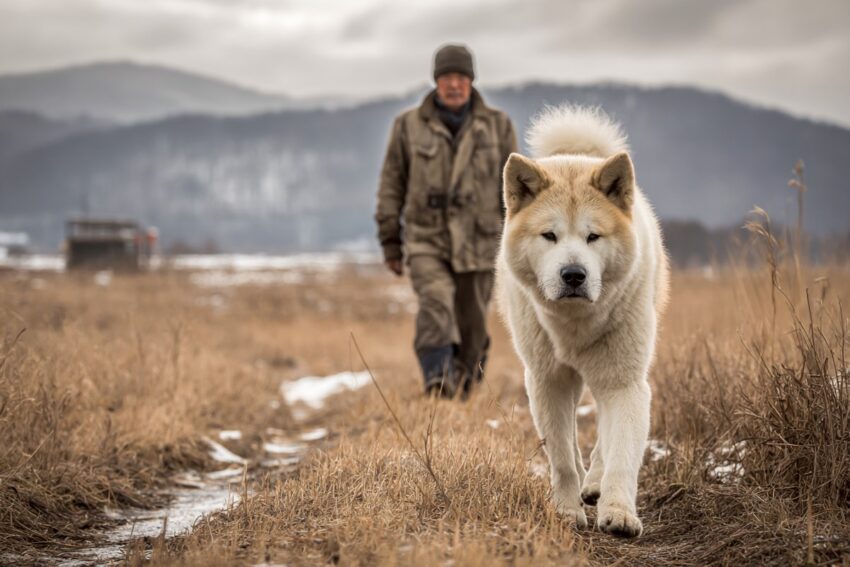
Akitas are muscular, large-breed dogs with steady energy needs and a sensitive digestive system, so what (and how) you feed them really matters. Their diet should support strong joints, a glossy coat, and stable weight—without overfeeding.
They can be prone to allergies and bloating, so balanced nutrition and careful portioning are key to keeping them healthy and happy.
What to feed an Akita:
- High-quality protein first: Look for real meat (like chicken, beef, or fish) as the first ingredient.
- Joint-supporting nutrients: Glucosamine and omega-3s keep their large frame moving comfortably.
- Moderate fat, steady calories: Akitas can gain weight easily if overfed or under-exercised.
- Avoid fillers: Skip cheap kibbles with corn, soy, or artificial colors—they can trigger skin issues.
- Hydration matters: Encourage steady water intake to help digestion and coat health.
Feeding schedule:
- Puppies: 3–4 small meals per day
- Adults: 2 measured meals per day
- Seniors: Stick to lighter portions and joint-supportive diets
🩺 Vet Tip: Akitas are at risk for bloat (gastric torsion)—a serious condition where the stomach twists. Feed smaller, spaced-out meals and avoid vigorous play right before or after eating. An elevated feeder can also help reduce air gulping.
Watch for:
- Excessive shedding or dull coat (may signal nutrient imbalance)
- Itchy skin or paw licking (possible food allergy)
- Sluggishness or weight gain (adjust portions or switch to lean formula)
💡 Pro Tip: If you’re not sure where to start, explore large-breed formulas made for balanced energy and joint health—or try fresh, vet-formulated food plans like Ollie for customized nutrition.
|
Fresh, human-grade food made from real ingredients for a healthier pup today and tomorrow. Recipes made from whole food ingredients, slow cooked for nutrition and flavor and always fresh. GUARANTEED BEST PRICE 60% OFF YOUR FIRST BOX |
Protein-rich Raw Food with 11 core ingredients including lean Beef or Chicken, fresh vegetables and fruits, and functional supplements in every serving. GUARANTEED BEST PRICE SAVE 30% OFF YOUR FIRST PURCHASE WITH CODE CHOW30 |
Crafted entirely from freeze-dried bites, this scoop-and-serve recipe delivers whole food nutrition without synthetic vitamins or minerals. LIMITED TIME OFFER: Use HELLO20 for 20% off First Subscribe & Save Order |
Best Fresh Food
Best Raw Food
Want a convenient way to make sure you never run out of your Akita’s food? Check out our guide to the best dog food delivery services. Most of these services will even help you figure out the perfect diet and feeding routine for your pup.
If you’re bringing an Akita home, prepare for one unavoidable reality: fur—lots of it. Their thick, weather-resistant double coat was built for cold Japanese winters and seasonal shedding known among Akita owners as “the blowout.”
Despite the fluff factor, Akitas are surprisingly clean dogs. They groom themselves frequently, rarely smell “doggy,” and prefer a tidy space. Still, their coat care is a full-time commitment—especially twice a year when they shed their entire undercoat.
Akita grooming checklist:
- Brushing: 2–3 times a week normally; daily during heavy shedding seasons.
- Bathing: Every 6–8 weeks or as needed with a gentle, coat-safe shampoo.
- De-shedding tools: Use an undercoat rake or slicker brush during blowouts to manage clumps.
- Nail trims: Every 3–4 weeks to prevent overgrowth.
- Ear cleaning: Weekly, especially after outdoor play or swimming.
- Teeth brushing: 2–3 times a week minimum—dental issues are common in large breeds.
⚠️ Heads-up: Never shave an Akita’s coat. Their double layer regulates body temperature year-round, protecting from both heat and cold. Shaving can permanently damage regrowth and increase sunburn risk.
💡 Pro Tip: Invest in a high-powered grooming dryer—it speeds up post-bath blowouts and helps remove loose fur during shedding season. Bonus: your vacuum will thank you.
Our Favorite Grooming Tools:
The Akita is a strong, athletic breed—but like all large dogs, they come with a few genetic health concerns to be aware of. With proper care, nutrition, and regular vet checkups, many Akitas live long, healthy lives well into their teens.
Their biggest risks often stem from size, coat density, and a few breed-specific autoimmune tendencies. Early prevention and awareness are your best allies.
Common Akita health issues:
- Hip and elbow dysplasia – Common in large breeds; can lead to stiffness or lameness.
- Hypothyroidism – Causes weight gain, hair loss, and lethargy; managed with medication.
- Autoimmune disorders – Akitas are predisposed to conditions like sebaceous adenitis (skin) and VKH (eye/skin pigmentation).
- Progressive retinal atrophy (PRA) – A degenerative eye condition that can lead to vision loss.
- Bloat (gastric torsion) – A life-threatening condition; feed smaller meals and avoid post-meal exercise.
- Allergies and skin issues – Often triggered by diet or environmental factors.
Preventive care tips:
- Choose a reputable breeder who screens for joint, thyroid, and eye disorders.
- Schedule regular vet exams and keep up with bloodwork for thyroid and organ health.
- Maintain a healthy weight to protect joints and reduce strain.
- Keep up with year-round flea and tick prevention, as Akitas have thick coats that can hide parasites.
- Avoid excessive heat—their dense coat makes them prone to overheating.
⚠️ Heads-up: Akitas are stoic by nature. They often hide pain or discomfort, even with serious conditions. Watch for subtle changes—less activity, skipped meals, or unusual aggression may signal something’s wrong.

Training & Socialization
Training an Akita is less about dominance—and more about mutual respect. These dogs are brilliant, observant, and independent thinkers. They learn quickly, but they don’t follow commands just to please. If they trust and respect you, they’ll obey with quiet confidence. If not? They’ll politely ignore you.
That’s why successful Akita training hinges on calm authority, not harsh corrections. Their intelligence shines when handled with consistency, structure, and fairness.
Top training strategies for Akitas:
- Start young: Early socialization is non-negotiable. Expose them to people, sounds, and safe new places before 16 weeks.
- Use positive reinforcement: Treats, praise, and calm energy work far better than scolding.
- Stay consistent: Rules don’t change—Akitas respect routine and clear expectations.
- Short, focused sessions: Five to ten minutes at a time keeps them engaged without frustration.
- Confidence over control: Show leadership through patience, not pressure.
Akitas don’t need to be social butterflies. Focus on social neutrality—teaching them to calmly exist around other dogs and strangers without feeling threatened. It’s not about making friends; it’s about feeling secure.
Are Akitas Good for Families?
Akitas can be wonderful family dogs—but only in the right kind of family. Their loyalty runs deep, their protective instincts are unmatched, and their affection (when earned) is profoundly genuine. But they’re not naturally social or playful like a Golden Retriever. Akitas show love quietly—through presence, not performance.
They thrive in families that value respect, calm, and structure. With the right leadership, they can be incredibly gentle and devoted companions.
Best family fit for an Akita:
- Families with older, dog-savvy kids who understand boundaries.
- Households that prefer a calm, low-chaos atmosphere.
- Owners who have experience with large or independent breeds.
- Pet parents who want a loyal guardian, not a social butterfly.
Not ideal for:
- Homes with toddlers or high-energy play—Akitas don’t like rough handling.
- First-time dog owners without confidence or training experience.
- Families who expect constant affection or dog park playdates.
⚠️ Heads-up: Because of their strong guarding instinct, always supervise interactions between Akitas and visiting children or new guests. They’ll protect what they see as “theirs,” and it’s your job to set the tone for who’s welcome in their world.

How Much Does an Akita Cost?
Owning an Akita is a rewarding experience—but it’s also a significant commitment, both emotionally and financially. From their large-dog diet to grooming needs and preventive care, costs can add up quickly. Planning ahead ensures your Akita gets the care and comfort they deserve.
Akita Cost Breakdown
| Purchase / Adoption | $800 – $3,000 (breeder reputation & lineage) |
| Food (monthly) | $60 – $120 (large-breed formulas or fresh plans) |
| Grooming | $50 – $100 per visit (or invest in at-home tools) |
| Vet Care (annual) | $500 – $900 (routine exams, vaccines, preventives) |
| Training & Socialization | $150 – $500 (group classes or private sessions) |
| Supplies & Accessories | $100 – $300 (bed, crate, brushes, toys, etc.) |
| 💡 Pro Tip: Consider pet insurance that covers hereditary conditions (hips, thyroid) to manage long-term costs. | |
Similar Breeds to Consider
If you love the Akita’s loyal, dignified vibe but want to compare, these breeds share overlapping traits—with their own twist.
- Shiba Inu – Think “mini Akita.” Independent, foxlike, and confident, but far smaller and easier to manage in apartments. Still not a social butterfly.
- Chow Chow – Aloof, clean, and deeply loyal to their chosen people. Less athletic than Akitas, but similar independence and guardian instinct.
- Alaskan Malamute – Big, powerful working dog with endurance for days. Friendlier with strangers than Akitas, but needs serious exercise and structure.
- German Shepherd – Highly trainable, protective, and versatile. More eager-to-please than Akitas, but still thrives with confident leadership and mental work.
- Rottweiler – Calm, stable guardian with strong loyalty. Tends to be more people-oriented and trainable, but requires consistent boundaries like the Akita.
💡 Pro Tip: List your “non-negotiables” (size, energy, social tolerance, trainability). Then compare each breed against that list—decision clarity beats cute photos every time.
Fun Facts About Yorkies
They’re Japan’s national treasure. The Akita is deeply revered in Japan and symbolizes health, happiness, and long life. There’s even a famous proverb: “An Akita never forgets kindness.”
Hachikō’s loyalty became legend. The true story of Hachikō, an Akita who waited at a Tokyo train station for his deceased owner every day for nearly 10 years, became a global symbol of devotion—and inspired the movie Hachi: A Dog’s Tale.
Built for snow and strength. With their dense double coat and powerful build, Akitas were originally bred to hunt bears and guard homes in Japan’s rugged Akita Prefecture.
They almost vanished after WWII. The breed was nearly wiped out but revived by devoted Japanese breeders who worked tirelessly to preserve their lineage.
They have a “sixth sense” for protection. Many owners swear Akitas seem to know when something’s wrong—and react before danger ever reaches the door.
They inspired other breeds. The Akita’s influence can be seen in breeds like the Shiba Inu and even some northern sled dogs, combining strength with quiet intelligence.
💡 Fun owner fact: In Japan, it’s common to gift Akita figurines to families welcoming a newborn—symbolizing loyalty, protection, and lifelong good fortune.
Is an Akita Right for You?
The Akita is not a dog for everyone—and that’s exactly what makes them extraordinary. They’re powerful, proud, and profoundly loyal in a way few breeds can match. This is a dog that chooses their people carefully, guards them fiercely, and loves them silently but completely.
If you want a companion who commands respect, mirrors your calm confidence, and would give their life for your family, the Akita will never let you down. But they need the right environment—one built on trust, structure, and steady leadership.
You’ll love an Akita if you:
- Want a strong, silent guardian who bonds deeply and protects instinctively.
- Value respect and independence as much as affection.
- Have experience with large, intelligent breeds.
- Prefer calm loyalty over constant attention.
⚠️ Heads-up: The Akita’s loyalty runs deep—but so does their independence. This breed isn’t for impulse adopters. Choose an Akita only if you’re ready for a lifelong partnership based on mutual trust.
Author
Hey there, I'm Jamey, and I've been an animal lover for as long as I can remember. Growing up on a 50-acre farm in Ontario, Canada, I was surrounded by a menagerie of furry friends, from beloved cats and dogs to goats, horses, cows, and even chickens. Now, I call Victoria, British Columbia my home, and my heart belongs to my adorable Balinese cat, Milo. When I'm not editing blog posts here at DogVills, I enjoy helping solo entrepreneurs with their passion projects and online marketing. Over the years, I've also ventured into creating and selling various blogs.
Hey there, I’m Jamey, and I’ve been an animal lover for as long as I can remember. Growing up on a 50-acre farm in Ontario, Canada, I was surrounded by a menagerie of furry friends, from beloved cats and dogs to goats, horses, cows, and even chickens. Now, I call Victoria, British Columbia my home, and my heart belongs to my adorable Balinese cat, Milo. When I’m not editing blog posts here at DogVills, I enjoy helping solo entrepreneurs with their passion projects and online marketing. Over the years, I’ve also ventured into creating and selling various blogs.


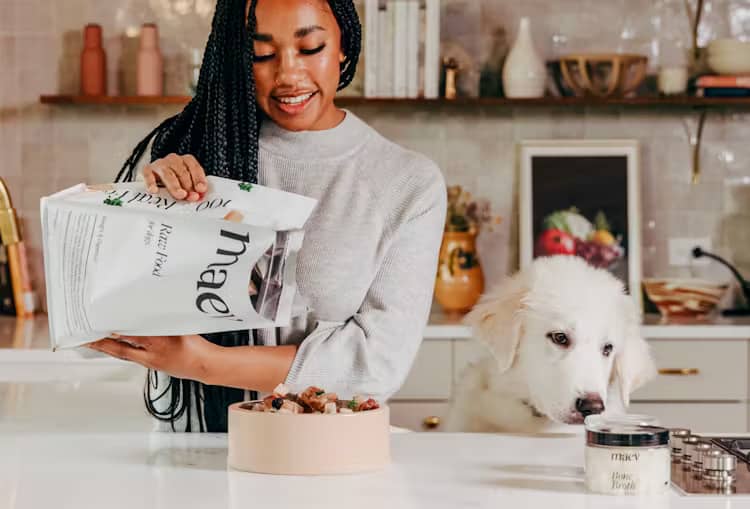
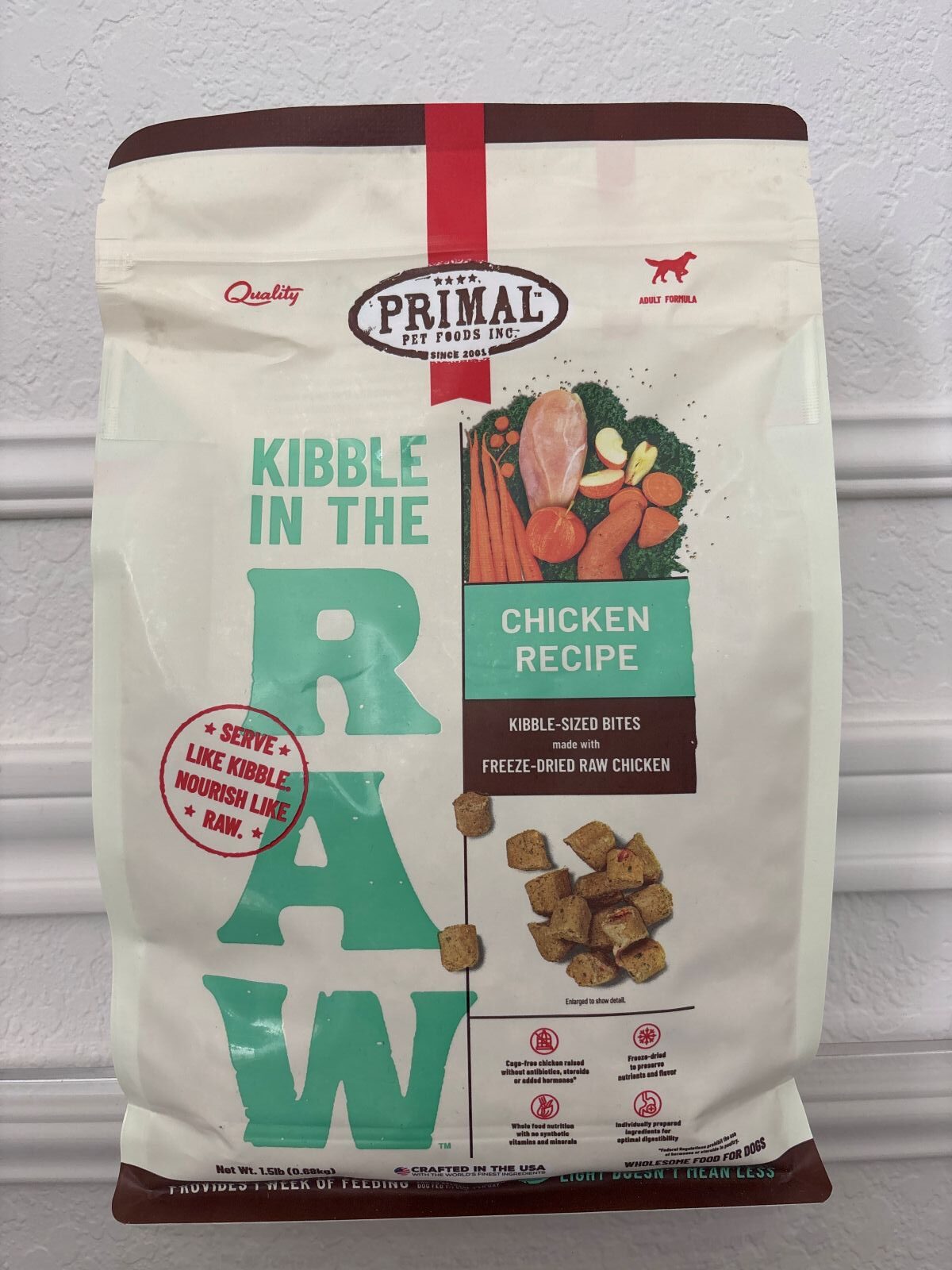






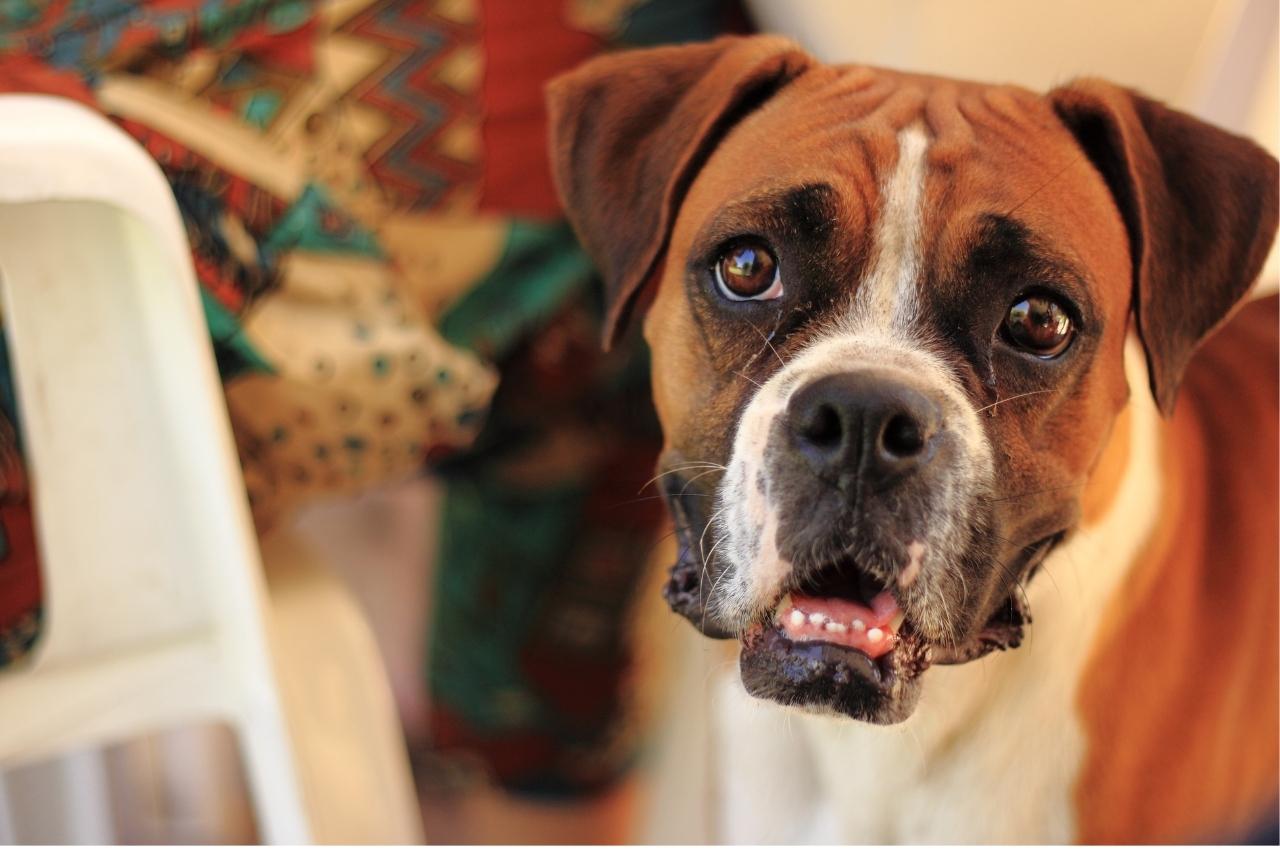
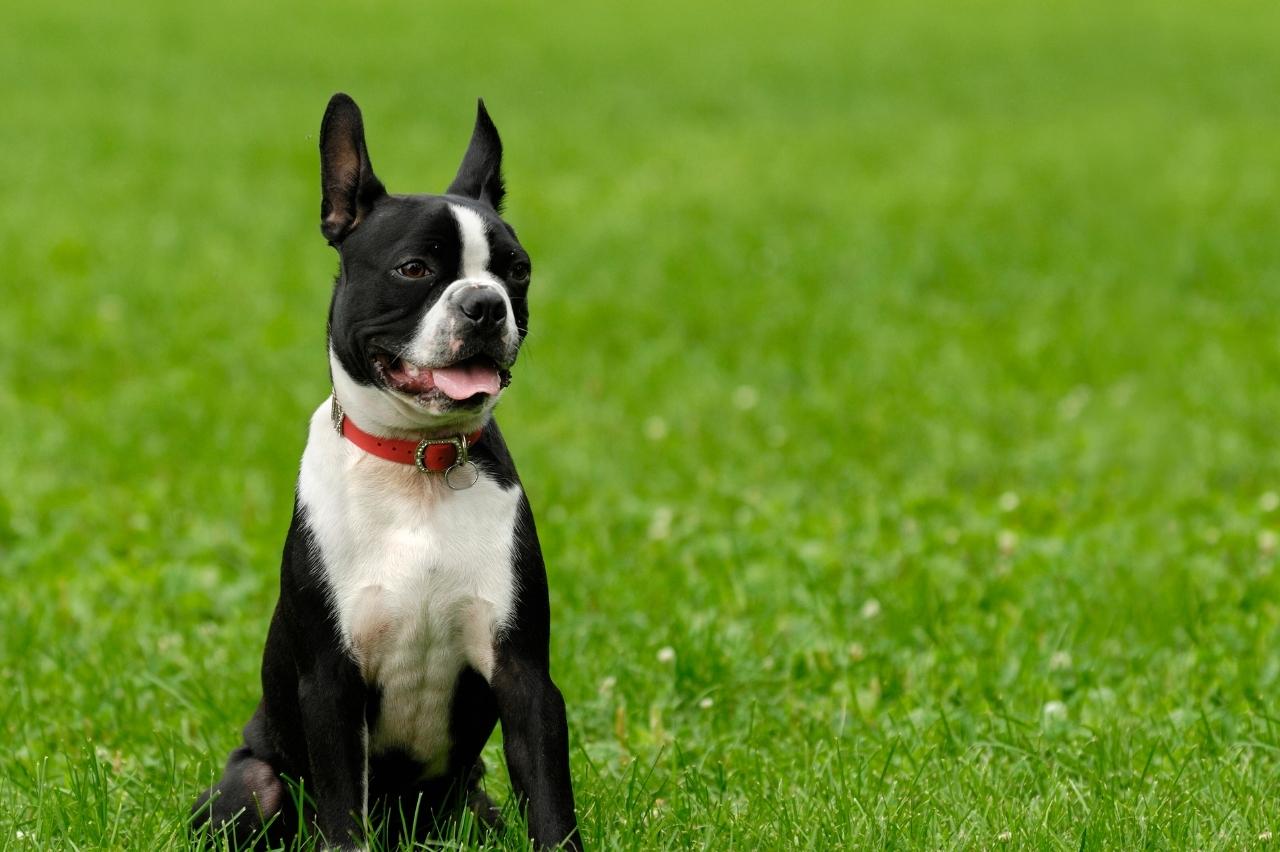






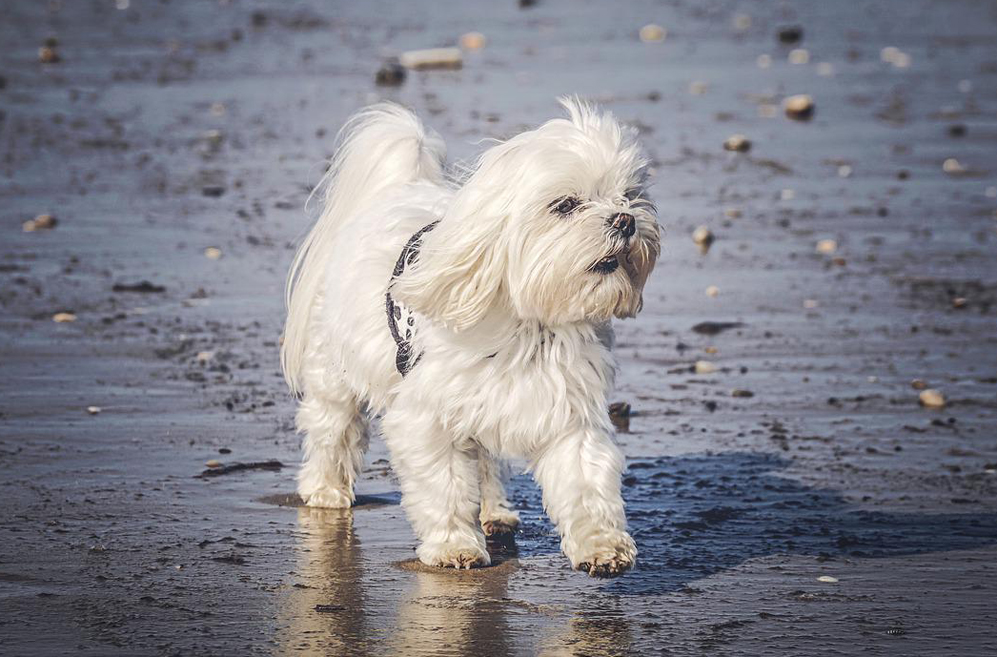


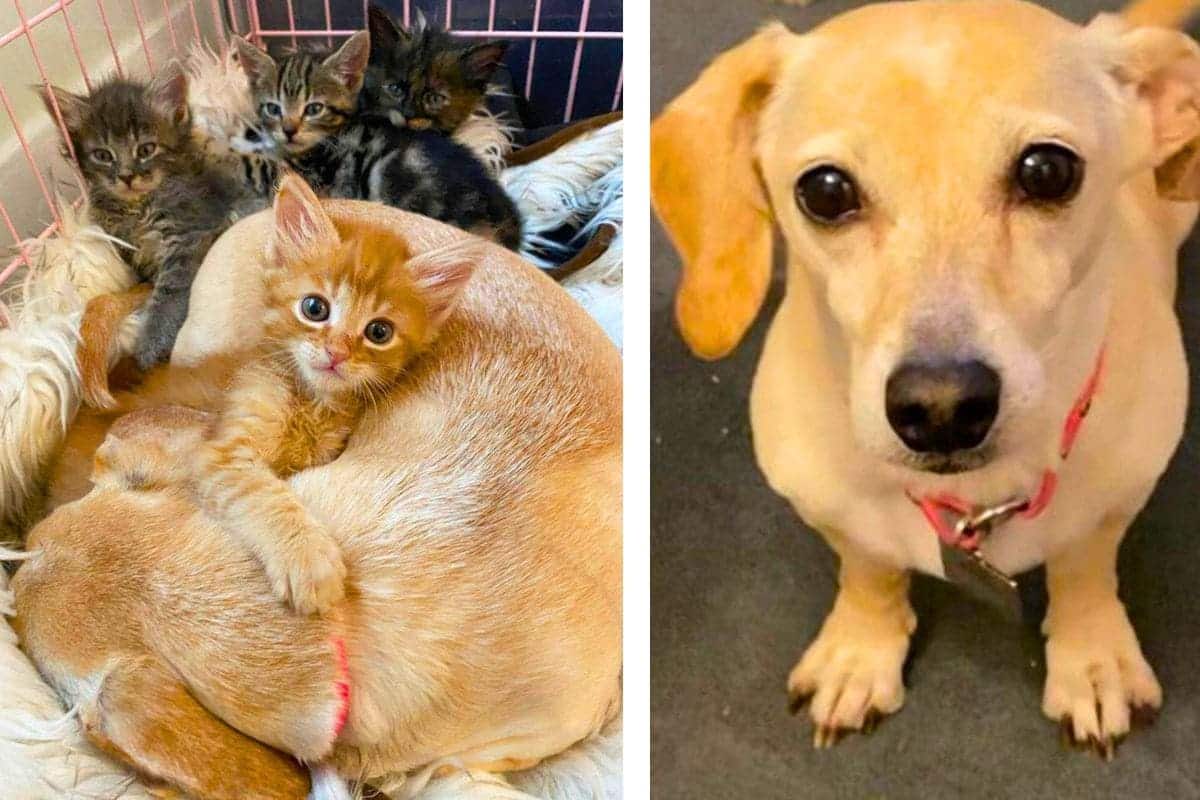
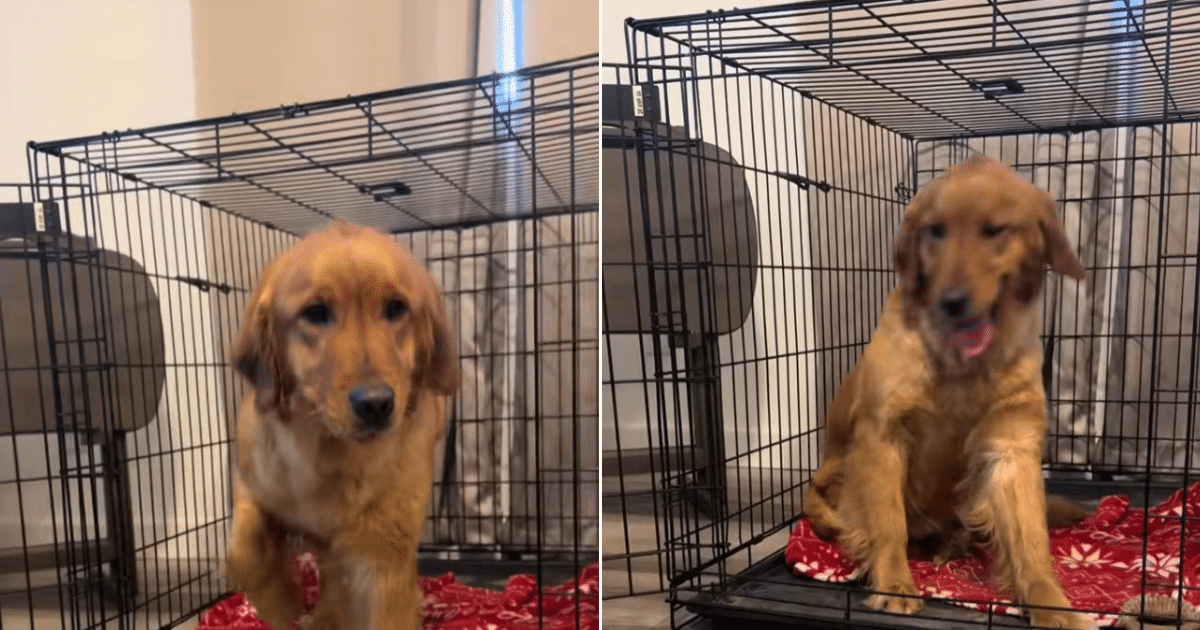

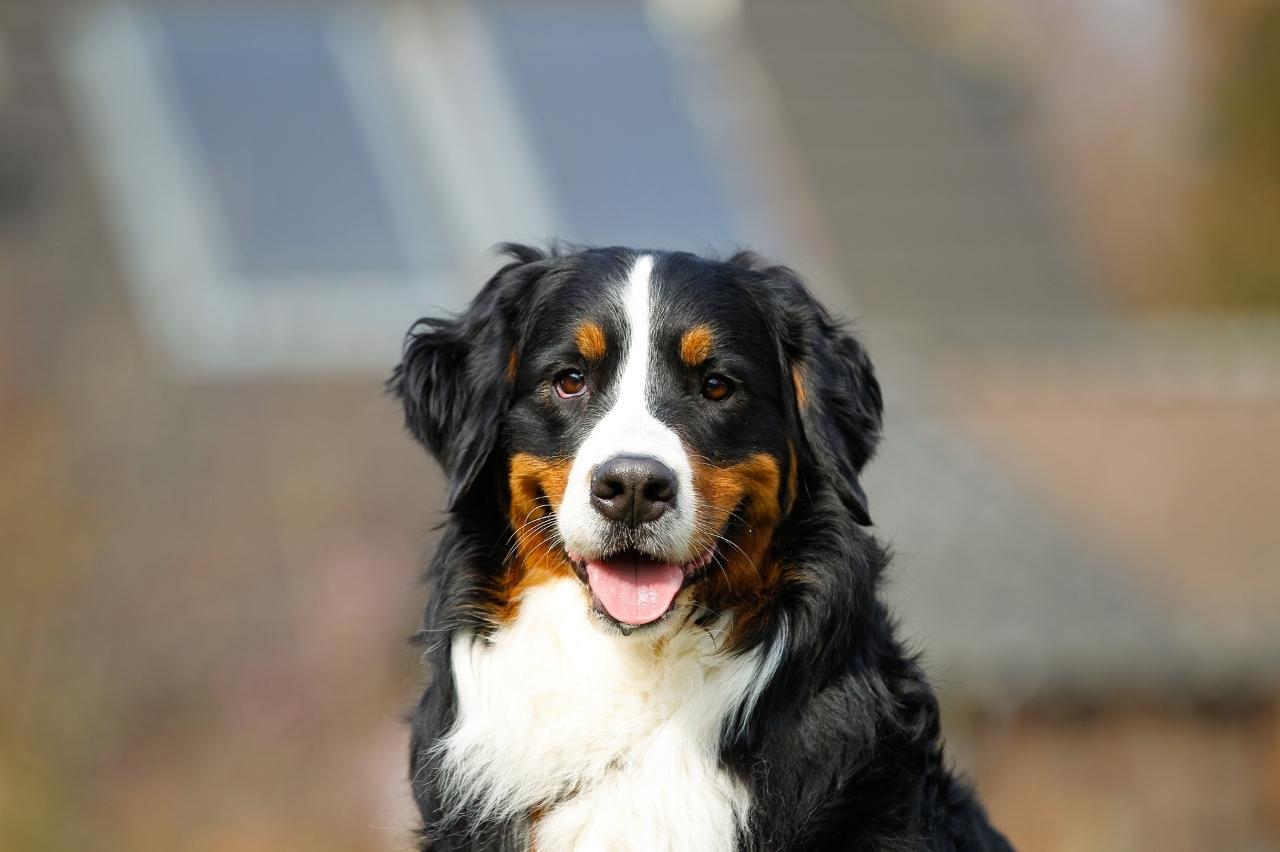
 English (US) ·
English (US) ·